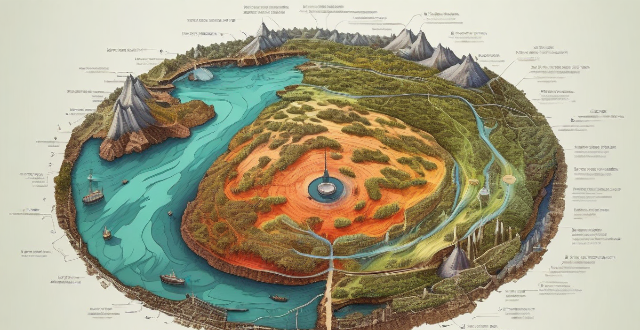Climate data analysis is essential for understanding global warming, its causes, effects, and potential solutions. Scientists collect temperature records, carbon dioxide concentrations, and sea level data to identify trends, establish correlations, and create predictive models. These efforts help develop effective strategies to mitigate the impacts of global warming.

Introduction
Climate data analysis plays a crucial role in understanding global warming. By collecting and analyzing various types of climate data, scientists can gain insights into the causes and effects of global warming, as well as potential solutions to mitigate its impacts. In this article, we will explore how climate data analysis contributes to our understanding of global warming.
Climate Data Collection
Temperature Records
One of the most important aspects of climate data collection is temperature records. Scientists use thermometers, satellites, and other instruments to measure temperatures around the world. These measurements are then compiled into datasets that show long-term trends in global temperatures.
Carbon Dioxide Concentrations
Carbon dioxide (CO2) is a greenhouse gas that traps heat in the Earth's atmosphere, contributing to global warming. Scientists monitor CO2 concentrations in the atmosphere by taking air samples from different locations around the world. This data helps them understand how human activities, such as burning fossil fuels, are affecting CO2 levels and contributing to global warming.
Sea Level Rise
Sea level rise is another indicator of global warming. As temperatures rise, glaciers and ice caps melt, causing sea levels to rise. Scientists use tide gauges, satellites, and other instruments to measure changes in sea levels over time. This data helps them understand the rate at which sea levels are rising and predict future changes.
Climate Data Analysis
Trend Analysis
Once climate data has been collected, scientists analyze it to identify trends over time. For example, they may look at temperature records to see if there has been a consistent increase in global temperatures over the past century. This type of analysis helps establish whether global warming is occurring and at what rate.
Correlation Analysis
Correlation analysis involves looking for relationships between different variables within climate data. For example, scientists may examine the relationship between CO2 concentrations and temperature records to determine if there is a correlation between the two. This type of analysis helps identify potential causes of global warming and understand how different factors interact with each other.
Modeling and Prediction
Scientists also use climate data to create models that simulate the Earth's climate system under different scenarios. These models allow them to make predictions about future climate conditions, including potential increases in temperature, sea level rise, and extreme weather events. By comparing these predictions with actual climate data, scientists can refine their models and improve their understanding of global warming.
Conclusion
In conclusion, climate data analysis plays a vital role in understanding global warming. By collecting and analyzing various types of climate data, scientists can identify trends, establish correlations, and create models that help us better understand the causes and effects of global warming. This knowledge is essential for developing effective strategies to mitigate the impacts of global warming and protect our planet for future generations.